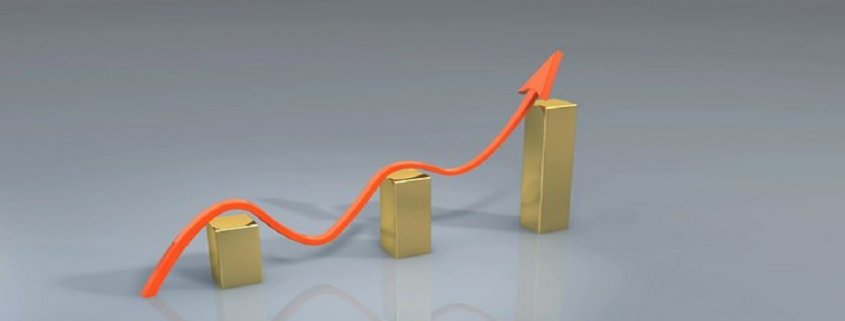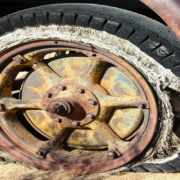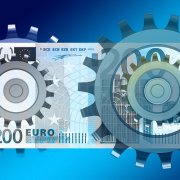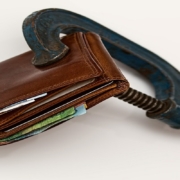Croatia: Long term factors come into play as GDP growth accelerates
Image Source: Pixabay
Participation in the EU’s single market is driving the integration of local companies into European and global supply chains, gradually increasing absorption of EU is supporting investment, while the reduction in the country’s risk profile has seen a return to investment grade status, thus lowering funding costs for the economy. These are all structural, as opposed to cyclical, reasons for optimism Croatia’s growth potential.
Since 2015 the Croatian economy has been growing at an average annual rate of 3% with a current account surplus the whole time, which has seen foreign debt fall below 75% of GDP (compared to 106.8% of GDP at the end of 2014). Export growth is significantly higher, public debt on a downward trajectory and employment has risen in recent years. Sure, in the period between 2000-2007, GDP growth averaged 4.5%, but the current account and budget were in constant, often very large, deficit. Clearly, Croatia’s growth profile since the end of the recession is on more solid ground, which credit ratings agencies have noticed. Last Friday Fitch returned Croatia to investment grade, with a positive outlook, with S&P having upgraded the country to investment grade earlier.
And now, Croatia has recorded an expansion of GDP, the likes of which it has not seen for over a decade, in the part of the year when apparently nothing ever happens in the economy, after Christmas and before Easter. Data released at the end of May revealed the economy had grown 3.9% yoy and 7.2% annualised.
More importantly, the structure of growth is rather balanced. Household income expanded 4.4% yoy as employment, wage and credit growth combined to provide impetus. Investment activity rose by 11.5% yoy (compared to an average of 4% in 2018) and exports of goods, up 7.6% yoy, were behind the lion’s share of export growth.
Exposure to competition and EU single market access drive private sector development
The first reason the GDP numbers should have been less of a surprise were the industrial production figures, which expanded 2.7% in 1Q 2019. That on its own implies a contribution to growth of approximately 0.5 percentage points even as shipbuilding activity halved in 1Q 2019. Far from talk of deindustrialisation (at roughly 20% of gross value added, industrial production retains a relatively high share of the economy), what we are seeing here is the development of the private sector. Namely, small and medium sized companies are playing a more important role, which receives little attention, while older, more visible industries are playing a smaller role, which does receive plenty of attention. The expansion of industrial activity even as shipbuilding activity halved in 1Q 2019 compared to a year ago, only underlines this change and demonstrates the importance of a diversified industrial base.
EU accession has helped yet again through improved access to the single market, by unleashing embedded productivity, the result, in the first instance of which was the 40%+ increase in exports of goods and services in the first 5 years of EU accession. Those who state that the initial boost to export growth from EU accession is nearing an end are correct, yet, the dynamic effects of increasing links to European and global supply chains will drive continued development of the private sector. This means Croatia is now better linked to sources of growth and development, as is suggested by the recent announcement that an Austrian company had chosen a site near Zagreb for the construction of a facility to assemble aircraft parts with the creation of 600 direct jobs. The sale of Petrokemija and restructuring of Agrokor, brought on in part by the pressure of increased competition inherent in the single market, have provided a further impetus to private sector restructuring in the industrial sector.
EU funds are important, but not the only factor supporting growth
Net inflows of EU accession funds are another source of growth. Data from the Ministry of Finance for the first quarter show a 55% increase compared to the same period in 2018 in transfers from international organisations (mainly the EU) to HRK3.6bn. Yet the jump in export growth underlines that the private sector has received a strong boost from EU accession which has also contributed to the growth of investment activity. The point is that EU funds, while being an important new factor in the Croatian economy, are not the only new factor. What is clear though, is that quite apart from the contribution to GDP growth, these funds will also act as a cushion in any EU or global recession, something the economy did not have at its disposal to anywhere near the same extent in 2008/09.
In making these arguments, I am in no way suggesting in that the risks associated with rising public spending, labour shortages or the need to improve the quality of the business environment or public services from health, to education and the judicial system, amongst others, do not deserve serious attention. They do, which is why society is grappling with them and will continue to do so over time. Rather, the point is to draw attention to the advent of positive long-term trends. Which is to say that it takes time to establish yourself in the EU, to figure out how the EU works and for others to notice you. Earlier EU entrants from the East also took their time to find their feet.
The case for optimism
The combination of single market access which, crucially, drives long term integration of private sector activity into European and global supply chains is one such long-term development. Gradually improving absorption of EU funds is another. While an improved risk profile, which has seen a return to a sovereign investment grade credit rating, based on fundamentals rather than unjustified pre-crisis optimism, leading to lower funding costs is a third. All of these are structural, as opposed to cyclical, reasons for optimism about Croatia’s growth potential.
